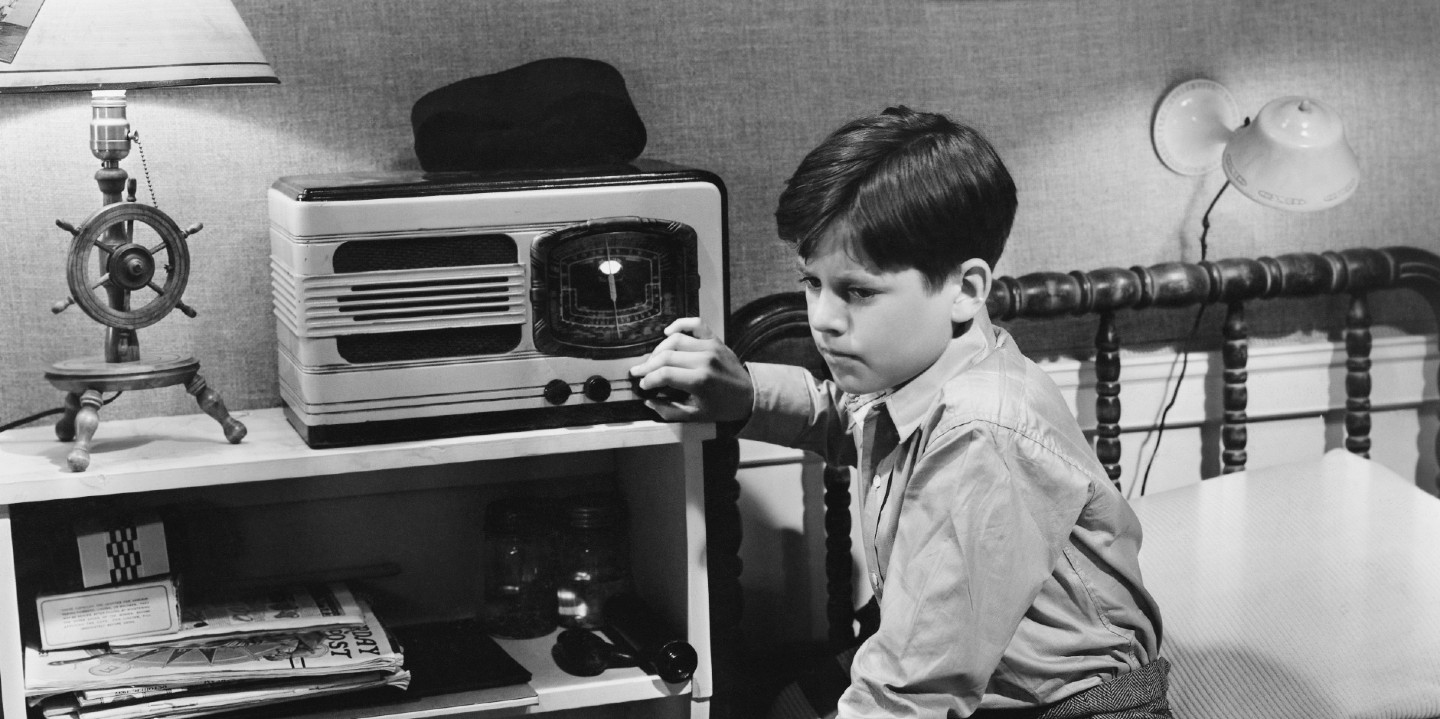
Australia: learning at home since 1914
Feature 1 Sep 2020 6 minute readAustralia has a long history of learning at home, thanks to its vast distances and dispersed population. A recently uncovered report from 1931 provides valuable insights into effective learning from home that are relevant today.
Ninety years ago, Australian Council for Educational Research (ACER) Director Dr K. S. Cunningham conducted one of ACER’s first national research projects. His report on distance education – a mode of schooling introduced in Australia in 1914 – in the primary years identified 12 principles and practices that are as relevant to remote learning in 2020 as they were to correspondence schooling in the early 20th century.
‘More than most parts of the world, Australia is faced with the task of providing educational facilities for rural and sparsely-populated areas,’ Dr Cunningham said. ‘In no part of the world is there greater recognition of the desirability of providing educational facilities for all without respect of class or wealth.’
This commitment to education regardless of location manifested in the creation of correspondence schooling programs around the country; Victoria led the charge in 1914, followed by New South Wales (1916), Western Australia (1918), Tasmania (1919), South Australia (1920) and Queensland (1922).
To mark ACER’s 90th anniversary in 2020, and in recognition of the ongoing disruption to traditional modes of schooling around the world caused by the COVID-19 pandemic, we share with you Dr Cunningham’s insights into effective learning at home.
This is an edited extract from Primary Education by Correspondence: Being an Account of the Methods and Achievements of the Australian Correspondence Schools in Instructing Children Living in Isolated Areas by Dr K. S. Cunningham (1931):
- The key to success in correspondence work for elementary school children is cooperation between parents and teachers. If the parents can be made to feel that the teachers are personally interested in the welfare of their pupils, then, in the great majority of cases, they make friends of the teachers and cooperate heartily with them.
- A parent or some member of the family must be able to read or write, in order to help pupils of the junior classes, but a high degree of education on the part of the home supervisor is not absolutely necessary.
- It is advisable for the pupils to work to a timetable that meets the convenience of the parent or home supervisor. The advantage of working to a timetable is that children learn the habit to work regularly and systematically.
- It pays to insist on quality rather than amount of work from the very beginning. If this is done, the ideal of neatness and orderliness can be satisfactorily attained by at least 90 per cent of the pupils.
- Achievement is a powerful stimulus. Care should be taken that each pupil achieves some success in each assignment.
- Much care and attention is needed to see that the assignments are within the scope of the pupil, that they are made as attractive as possible, and that they represent suitable subdivisions of the curriculum.
- Educational diagnosis is a very important feature of the work. In the first place, it is necessary to ascertain the general educational level of a pupil who is being enrolled for the first time. It is desirable that separate assessment should be made in each of the fundamental subjects. In the second place, careful diagnosis of the cause of children's errors is essential; merely to point out errors is not sufficient. By a little careful study of each child's work, it is usually possible for the correspondence teachers to remedy mistakes by getting to their source.
- Full advantage should be taken of the possibilities which correspondence instruction affords in the way of flexibility of grading and promotion.
- Under such a system … it will be found that a certain number of children will be working at different standards in different subjects.
- One of the most important functions of the correspondence school is the encouragement of reading on a wide and wise scale. A good library of selected books is an almost indispensable adjunct to a correspondence school.
- Much can be done to remedy the disadvantages arising from the isolation of correspondence pupils. By means of their own school newspaper or magazine, they can be brought into touch with the wide world in which they live.
- Not the least important part of the correspondence school's work is that of cultivating an intelligent interest by the child in his own environment. This cannot well be done by regular standardised assignments, since the surroundings and opportunities of pupils differ so materially. It has been found possible to introduce successfully the subjects of nature study, drawing, sewing, and other forms of occupational work. Gardening and other home projects are also promising developments.
With special thanks to the expert team at ACER’s Cunningham Library for their help in writing this story.
Read more:
Download the report for free from ACER’s Research Repository: Primary education by correspondence: Being an account of the methods and achievements of the Australian Correspondence Schools in instructing children living in isolated areas (1931).